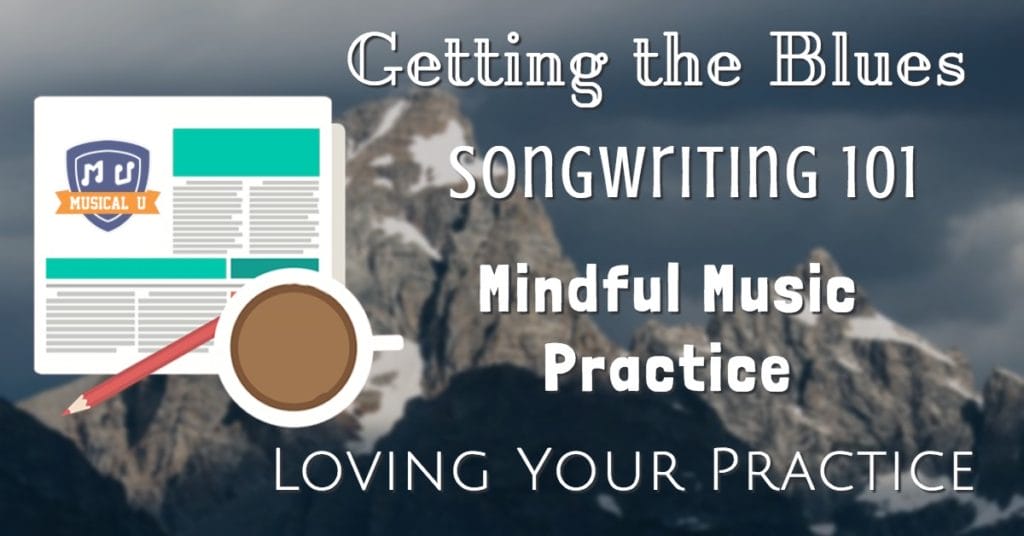Perhaps the hardest part of playing music is getting started.
Countless things can prevent you from picking up your instrument and tackling your big musical goal. It could be a negative mindset, a lack of know-how, or simply not knowing where to start!
This week is all about getting started. Musical duo O&O give easy-to-follow advice for where to begin writing a song. On The Musicality Podcast this week, we discuss the importance of mindfulness in music, and interview a very special music teacher about her tips for overcoming negative thoughts that can hinder your ability to write and play. And for those who love the blues, but have no idea where to start with learning about (and playing!) this soulful style, we’re giving you a primer…
Getting the Blues
You’d be hard-pressed to find a genre as raw and emotive as the blues – it grabs you by the heart, with stirring chord progressions and melodies and lyrics describing love, loss, hardship, poverty, and homesickness.
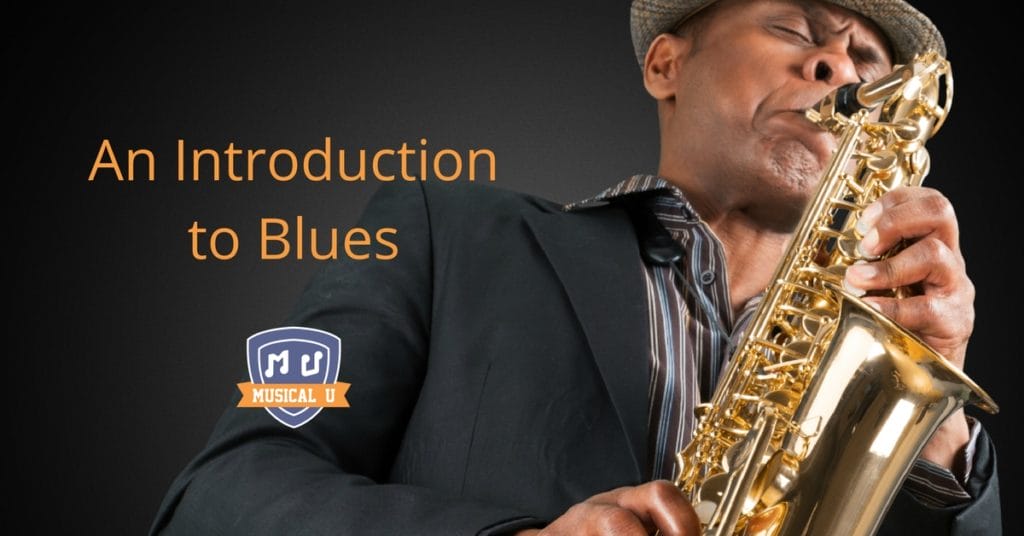
This week, in our Introduction to Blues Music, we’re diving into genre’s history in a nutshell, giving you a crash course in singing and playing the blues, and showing all you guitar, piano, saxophone, and harmonica players how to best play the blues on your instrument!
Music history is such a fascinating subject. By learning about how music has developed throughout the years, it is easy to see the connections and influences that various genres have incorporated into their styles. The “forgotten woman” at Forgotten Man Productions explains just how much rock ‘n’ roll owes to the blues, and how we wouldn’t have this genre without the pioneers that forged their way into blues history.
A signature of the blues style has been the use of a call-and-response – we discussed the way that blues lyrics exist in a problem-resolution type of format. Going further, this same principle can also be applied to instruments in blues! ActiveMelody has this fantastic free micro-lesson on call-and-response on the guitar that will prove useful to any musician looking to get the blues.
The blues wouldn’t quite be the same if it weren’t for the signature sound of the blues scale. The unique tonality of this scale stands out and gives the genre a sound that is unmistakably its own. Get the scale under your fingers with the help of Guitar Lessons with Andy Lemaire!
Songwriting 101
Inspiration can come from anywhere; perhaps your newest tune was spawned from a melody you hummed while waiting on hold, or a rhythm that your windshield wipers tapped out during a rainy drive.
Sometimes, though, the well of inspiration can run a little dry. And that’s when it may be time to try a more systematic approach. Though there are almost as many angles that you can approach songwriting from as there are musicians, there are generally three possible starting points for the process: lyrics, melody/harmony, and rhythm.
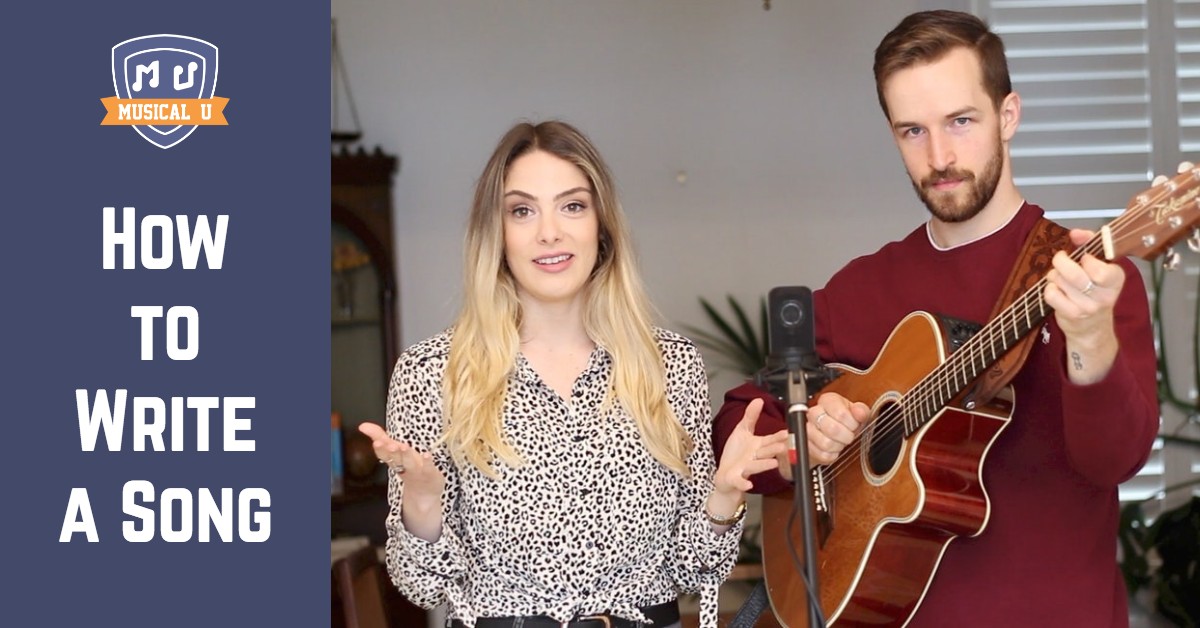 In How to Write A Song, with O&O, musical duo Obadiah Jones and Orian Peled take you through each of the three approaches of songwriting, with expert advice on taking those lyrics, melodies, and rhythms from ideas and concepts to fully-formed songs!
In How to Write A Song, with O&O, musical duo Obadiah Jones and Orian Peled take you through each of the three approaches of songwriting, with expert advice on taking those lyrics, melodies, and rhythms from ideas and concepts to fully-formed songs!
The greatest songwriters all have a distinct style and sound that they become known for. Learning the mechanics of writing a song are one thing, but how can you go about developing your own voice? Diona Devincenzi has 5 tips that you can begin implementing today!
Having a great melody can be one of the most important parts of making sure that your new song is catchy and connects with the listener. This is truly an art form that must be developed over time. Success For Your Songs recently interviewed a songwriting coach on how to write melodies within a section, and how you can use some basic formatting and structure to add interest and contrast to your next masterpiece.
For many songwriters, the most intimidating part of songwriting can be as simple as getting started with your new song. Shift that fear into anticipation and excitement by seeing this as an opportunity to create something truly great! Ed from The Song Foundry provides five more ways to start your next song.
Mindful Music
Meditation may not be at the top of the list of musical skills you’d like to learn, but a positive mindset with respect to your practice is just as important as your instrument technique or your aural skills.
There’s no better way to kill your progress or your confidence than negative thought patterns, such as dwelling on past mistakes or worrying about future ones.
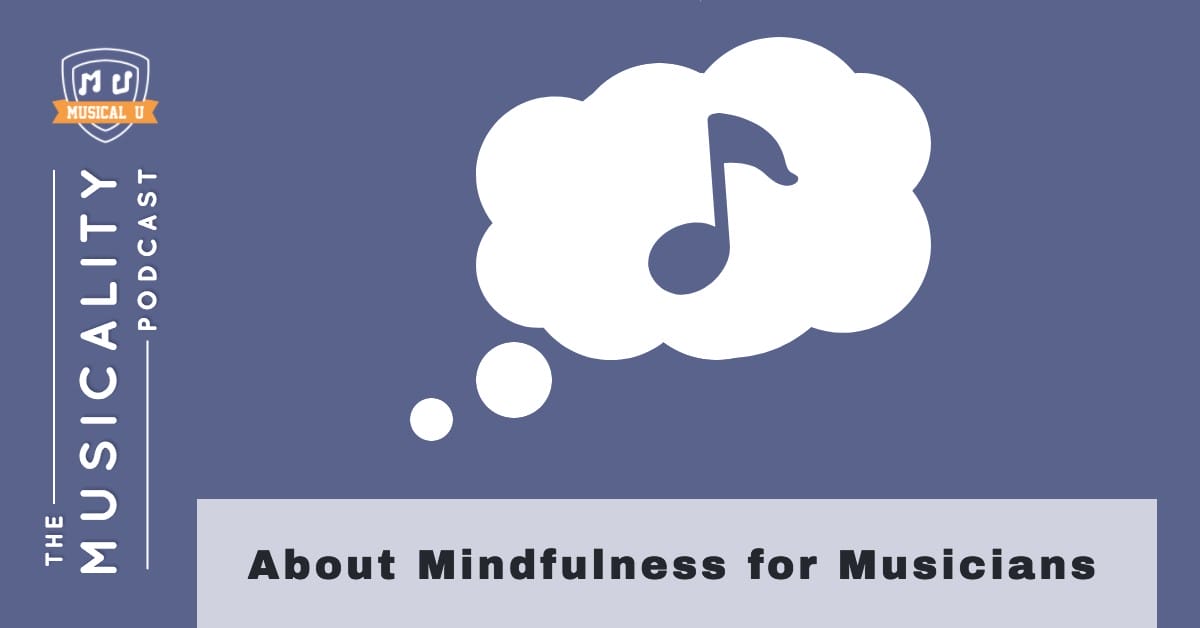 In About Mindfulness for Musicians, we take you through the thought process and mindset you can use to move past mistakes, focus your attention on the notes you’re playing in the now, and make the most out of your practice sessions.
In About Mindfulness for Musicians, we take you through the thought process and mindset you can use to move past mistakes, focus your attention on the notes you’re playing in the now, and make the most out of your practice sessions.
The secret to success in any challenging endeavor is to be able to overcome the inevitable hurdles along the way. Learning music is certainly no different. But, you don’t have to feel like you are in this struggle alone! Noted performance coach Astrid Baumgardner writes about the 4 elements of the success mindset for music entrepreneurs.
There are entire books written about how to become more self-confident. This is such a big part of becoming a better musician, and you can learn a great deal about your inner strength by playing music. How To Music Major discusses 4 things you can start doing today to boost your self-confidence!
It can be too easy to be highly critical of oneself when you are growing as a musician. Rather than compare our sound to others, we should aim to appreciate our own sound! While learning and recognizing mistakes is important, it is important to not let this become destructive. Dr. Travis Baird, the Dynamic Music Teacher, shares some great techniques for overcoming this tendency.
Loving Your Practice
Taking the idea of “mindfulness” a step further is Lisa McCormick, a singer-songwriter and the creator of the “Note2Self” methodology. With an approach of bringing out the joys of learning and making music and a mantra that reminds you why you’re pursuing music in the first place (because you love it!), Lisa’s teaching methodology encourages students to combine healthy mental habits with healthy practice habits.
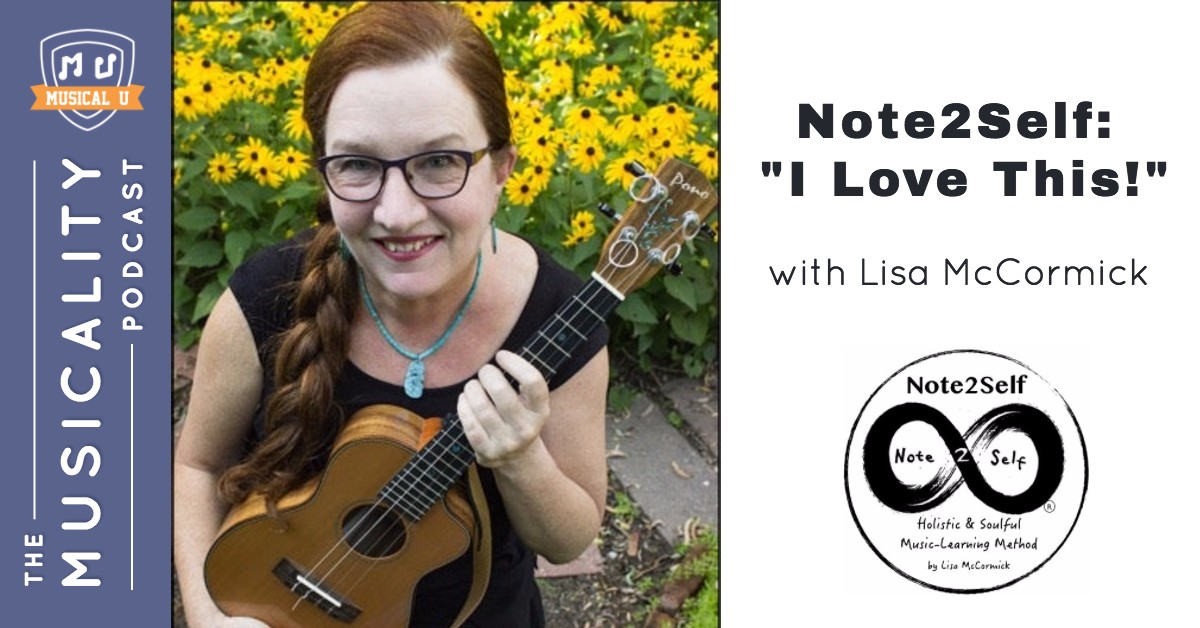 In Note2Self: “I Love This!”, with Lisa McCormick, she discusses her mantra, her teaching method, and how she helps students overcome negative self-talk and reach their potential.
In Note2Self: “I Love This!”, with Lisa McCormick, she discusses her mantra, her teaching method, and how she helps students overcome negative self-talk and reach their potential.
Lisa has such an amazing story, and her attitude towards learning music is infectious! If hearing about her methods has you wanting more, you will really enjoy her mini-lesson on an Irish Jig:
Many believe that learning music is something that must be done while you are a still a child. This fallacy leads too many to believe that if they miss this opportunity, then they will never truly be able to learn music as an adult. Didn’t learn early in life? No regrets! The Domestic Musician has a helpful guide for you to overcome your misgivings and learn as an adult.
One of the many great traits that Lisa possesses is the ability to simplify her music teaching to a very digestible, easy-to-understand format. This was particularly evident in her lesson on 1-4-5, which broke down that classic chord progression to its simplest form. Learning chord progressions in this manner and then tying this knowledge to a larger concept like the Circle of Fifths is highly effective for many new learners. For more information on learning chord progressions through the number system, Constantine Guitars has a guide that is chock-full of information for any instrument.
A Musical Mindset
Whatever the endeavour you’re undertaking in beginning your music journey – be it learning to improvise, learning to play the hurdy-gurdy, or learning to play the blues – a positive mindset will take you and your music chops further than you can imagine!
On not-so-great practice days or after an iffy performance, if you’re feeling discouraged, take cues from Lisa McCormick and remind yourself why you’re playing music in the first place – because you love it!

